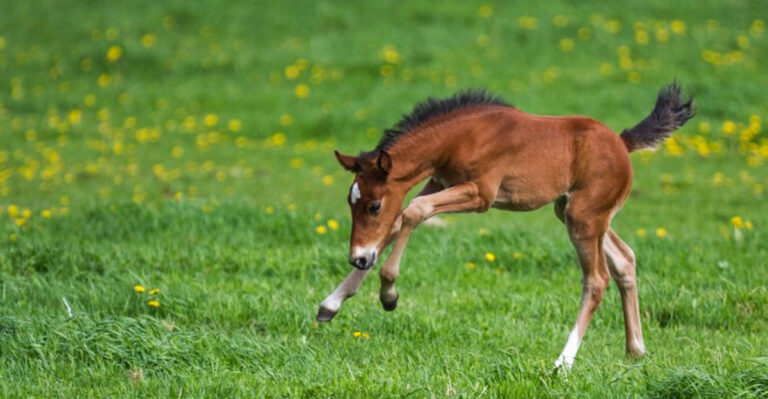7 Ways To Help Your Cat Feel Less Lonely When You’re Away (And 7 That Don’t Really Work)
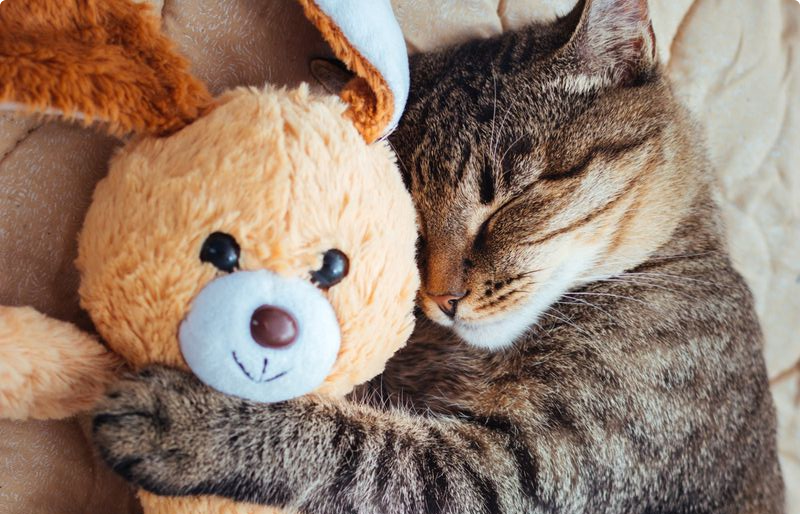
Cats may seem independent, but many felines struggle with loneliness when their humans disappear for hours or days.
Those plaintive meows when you return home aren’t just about an empty food bowl – your furry friend genuinely missed you! Understanding how to keep your cat emotionally comfortable during your absence can make a huge difference in their overall happiness and behavior.
1. Automatic Treat Dispensers Keep Them Engaged
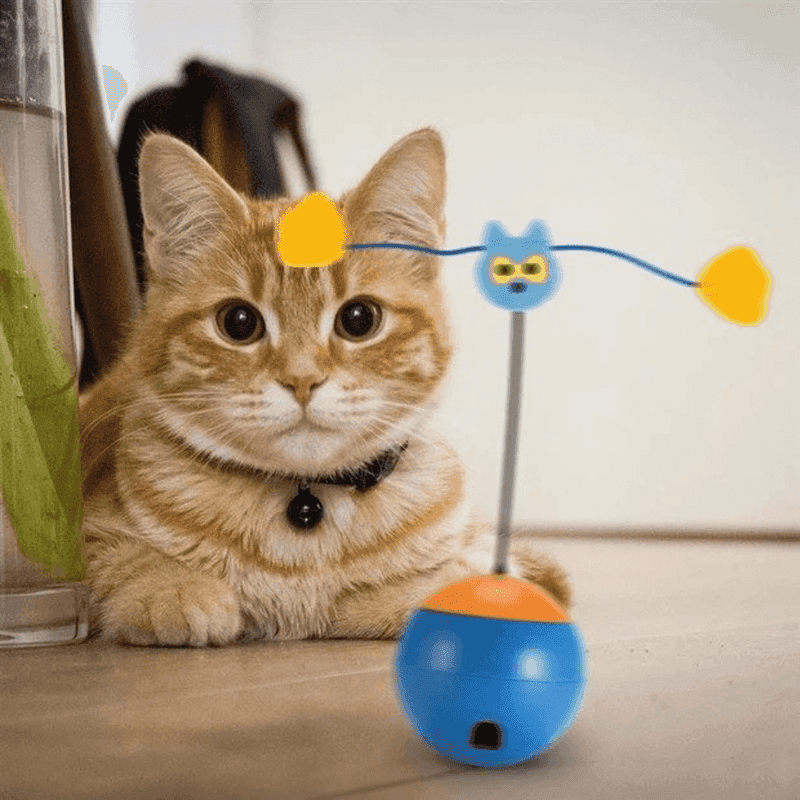
Remote-controlled treat dispensers provide mental stimulation and positive associations during your absence. These nifty gadgets can be programmed to release treats at specific times or triggered via your smartphone.
Many cats quickly learn the dispenser’s sound means goodies are coming, creating excitement that breaks up lonely hours. The anticipation becomes a welcome distraction from your absence.
2. Interactive Toys Provide Crucial Mental Stimulation
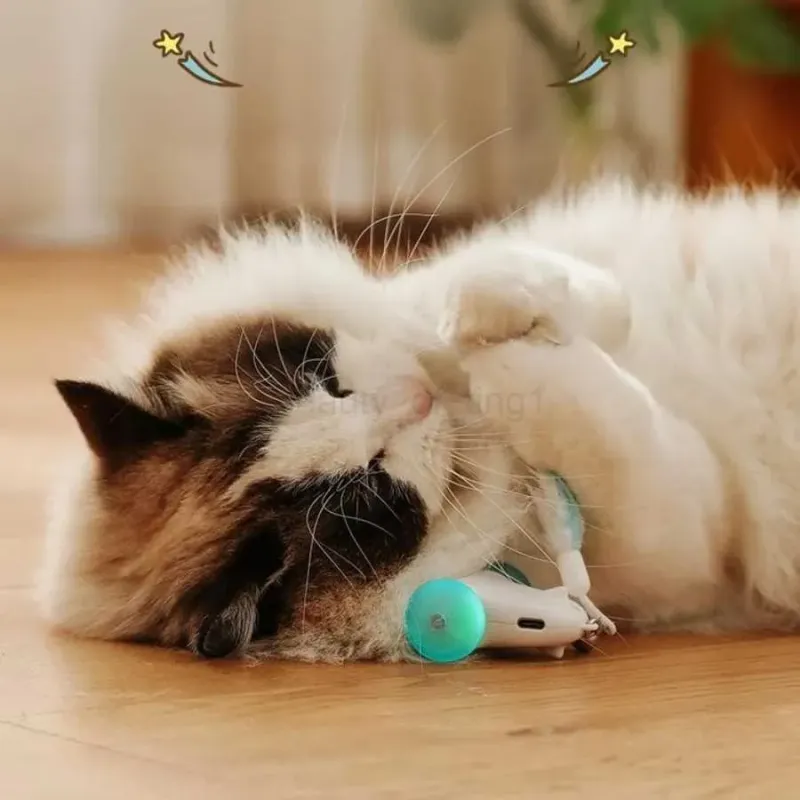
Battery-operated toys that move unpredictably mimic the hunting experience cats naturally crave. Motion-activated options are particularly effective since they spring to life when your cat approaches.
The random movements trigger your cat’s predatory instincts, providing both physical exercise and mental engagement. Even the most aloof cats often can’t resist the temptation to pounce on a jerking feather or scurrying mechanical mouse.
3. Puzzle Feeders Turn Mealtime Into Playtime

Food puzzles transform eating into an engaging activity that occupies your cat’s mind. These clever contraptions make cats work for their kibble by pushing, pawing, or manipulating the toy to release food bits.
The mental challenge satisfies their natural hunting instincts while slowing down mealtime. Many pet parents report their cats spend 20-30 minutes with a puzzle feeder versus gulping down food in seconds from a regular bowl.
4. Window Perches Create Entertainment Centers

Cats are natural observers who find endless fascination in outdoor activities. A comfortable perch by a window provides hours of bird-watching, squirrel-monitoring, and people-observing entertainment.
The changing scenery offers mental stimulation that helps prevent boredom. For extra engagement, consider placing a bird feeder outside the window to attract feathered visitors – creating what some cat owners affectionately call “cat TV.”
5. Comforting Scents Help Them Feel Secure

Your scent provides remarkable comfort to your cat when you’re gone. Leave a recently worn (unwashed) t-shirt or sweater on their favorite resting spot before departing.
Cats have incredibly sensitive noses – about 14 times stronger than humans. Your familiar scent creates a sense of security and connection even in your absence. Some cats will actually curl up with these scented items, finding comfort in this simple reminder of you.
6. Scheduled Play Sessions With Pet Sitters
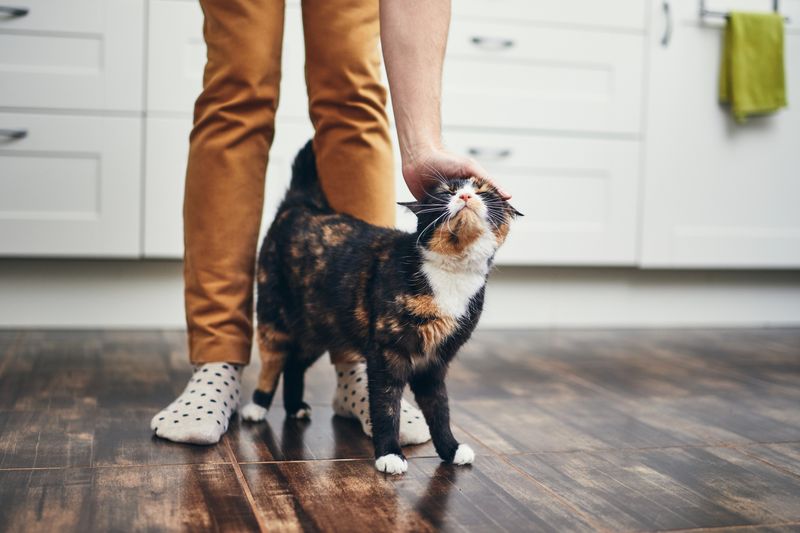
Professional pet sitters provide crucial social interaction when you’re away for extended periods. Beyond just feeding, arrange for your sitter to engage in 15-minute play sessions with interactive toys.
The combination of play and human contact helps prevent loneliness. Many cats eagerly anticipate these visits, waiting by the door when they learn the sitter’s schedule. Even cats who initially seem uninterested often warm up to regular visitors.
7. Companion Animals Offer Constant Friendship
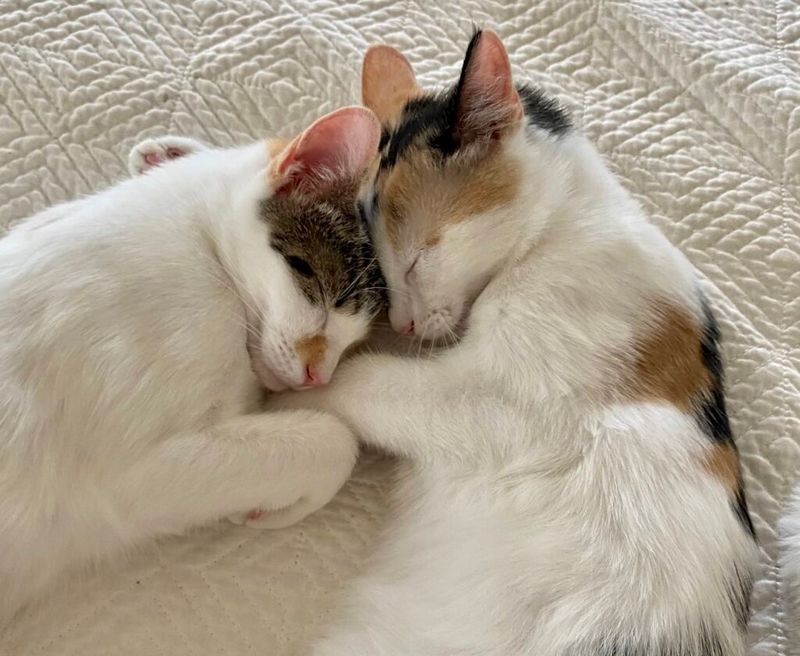
A second cat can provide social interaction, grooming, and play opportunities throughout the day. Cats in multi-pet households often sleep together, groom each other, and engage in play that single cats miss out on.
The companionship helps prevent boredom and anxiety. While not every cat welcomes a feline friend, properly introduced companions often form bonds that last a lifetime. Even cats who don’t cuddle together benefit from having another living presence in the home.
8. Leaving The TV On Rarely Provides Comfort
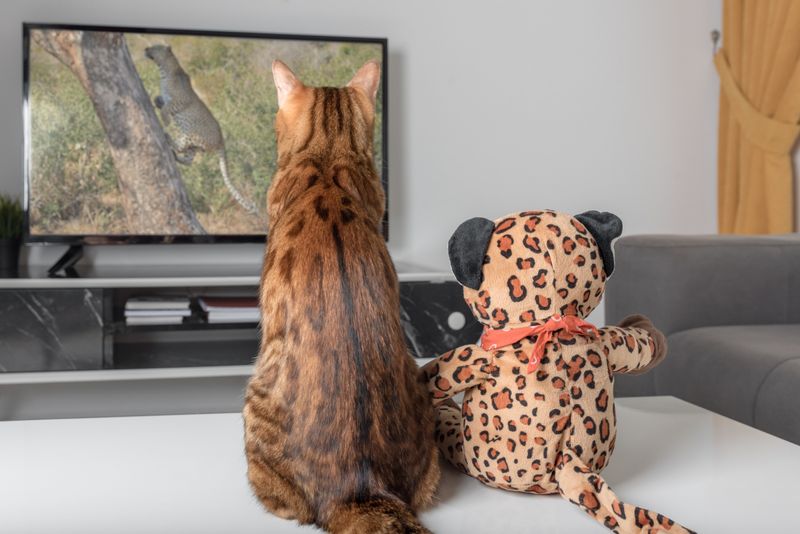
Many owners leave televisions running to provide “company” for their cats, but research suggests most felines ignore ordinary programming. Unlike humans, cats don’t process the audio-visual information in a meaningful way.
The background noise might provide minimal comfort at best. While some cats show interest in nature programs featuring birds or small animals, most quickly lose interest. The flickering screen and human dialogue simply don’t engage cats the way real stimulation does.
9. Excessive Toys Without Rotation Lead To Boredom
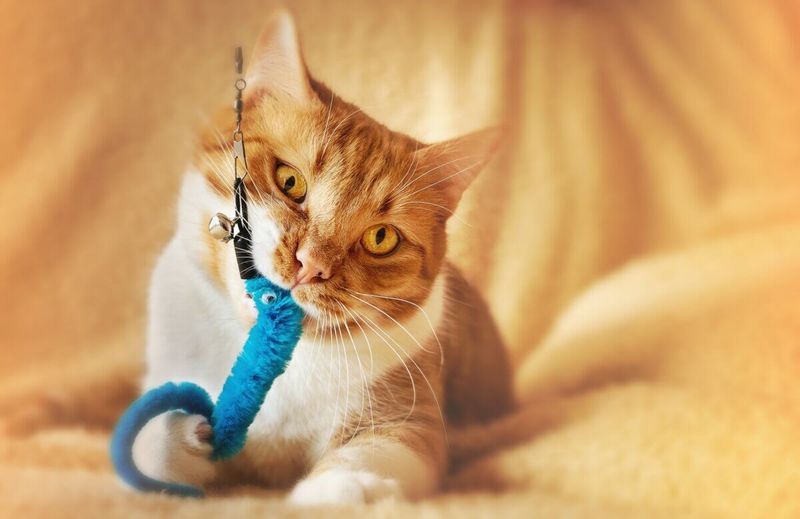
Simply filling your home with dozens of toys doesn’t keep cats engaged – they quickly become background objects. Cats naturally lose interest in toys they see daily, no matter how exciting they initially were.
The novelty factor disappears within days. A more effective approach is rotating a smaller selection of toys weekly, making old toys seem new again. Cats respond to the element of surprise and rediscovery, not sheer quantity of playthings.
10. Automatic Laser Pointers Often Frustrate Cats
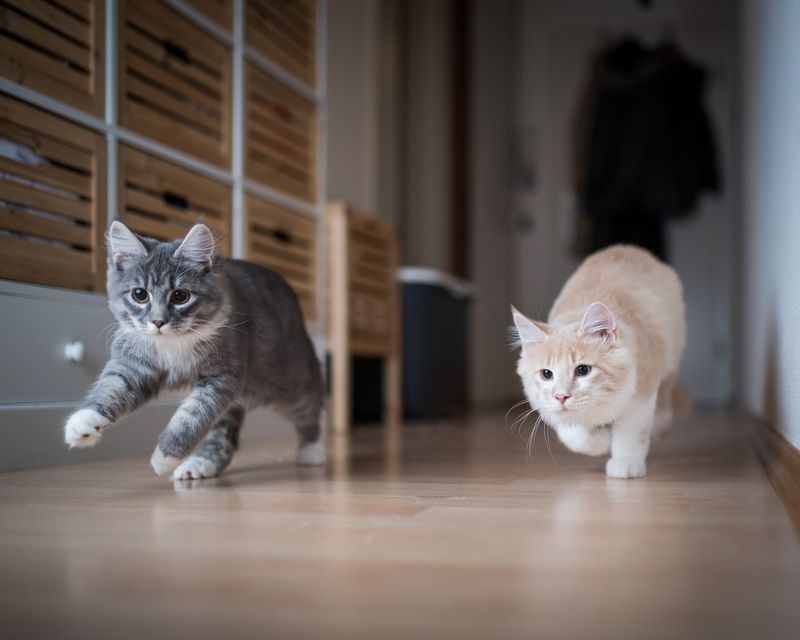
Automatic laser toys seem like perfect entertainment, but they frequently cause frustration rather than satisfaction. These devices move too predictably and don’t allow cats to complete the hunting sequence with a successful “capture.”
The inability to catch the red dot leads to disappointment. Many cats eventually stop chasing altogether or become anxious from the unfulfilled hunting instinct. Without the reward of catching prey, the play becomes an exercise in futility rather than enrichment.
11. Catnip Doesn’t Work For All Felines
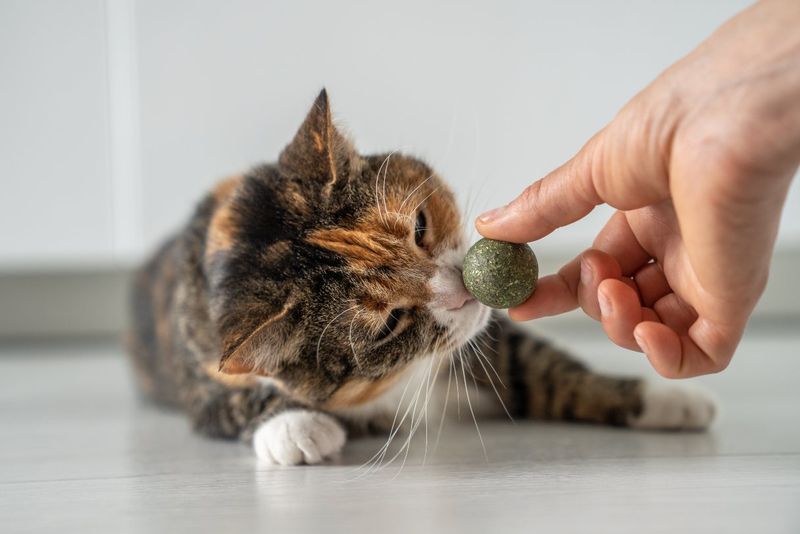
Leaving catnip toys out might seem like a great distraction, but approximately 30-50% of cats lack the genetic sensitivity to respond to catnip at all. Even responsive cats typically experience the stimulating effects for only 5-15 minutes before needing a “reset” period of about two hours.
The short-lived nature makes it ineffective for longer absences. For cats who do respond, the reaction is often brief excitement followed by extended periods of indifference rather than ongoing entertainment.
12. Extra Food Doesn’t Fill Emotional Needs

Leaving overflowing food bowls doesn’t address your cat’s social and mental needs – it simply leads to overeating. Cats aren’t emotionally satisfied by excess food when they’re feeling lonely.
The behavior often creates unhealthy eating habits. Free-feeding can lead to obesity and associated health problems like diabetes and joint issues. Cats need mental and physical stimulation, not extra calories, to combat the emotional emptiness of being alone.
13. Cardboard Boxes Quickly Lose Their Appeal
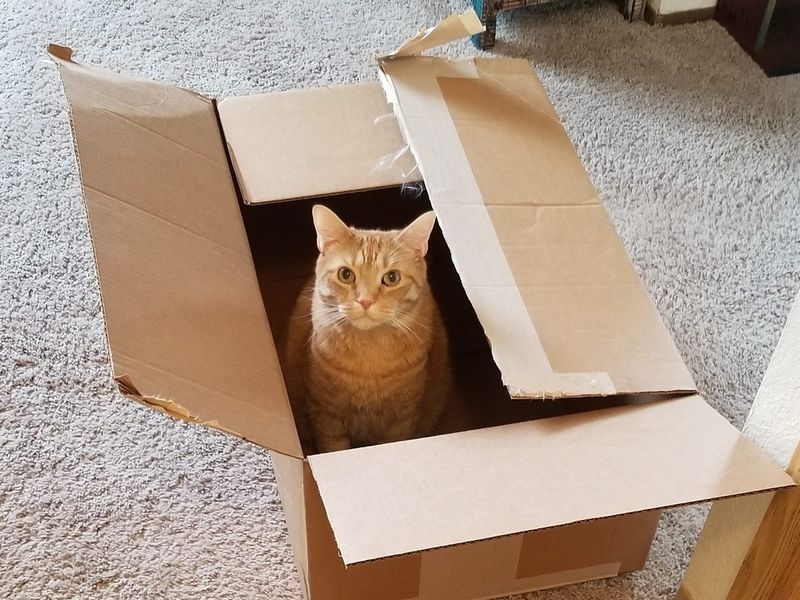
While cats famously love boxes, simply leaving empty cardboard containers around doesn’t provide lasting entertainment. The initial investigation period typically lasts only minutes before the novelty wears off.
Without interaction, boxes become just another piece of furniture. A better approach is creating engaging box environments with holes, treats, or toys hidden inside, or arranging multiple boxes as tunnels. Without these enhancements, boxes offer minimal distraction from loneliness.
14. Stuffed Animals Don’t Replace Real Companionship
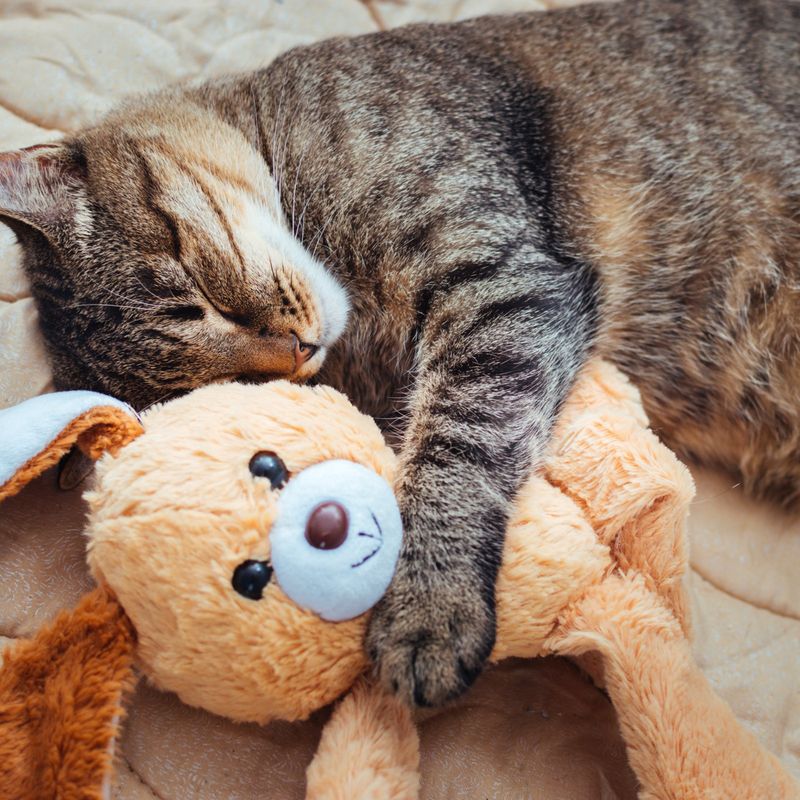
Despite cute social media videos, most cats don’t form attachments to stuffed toys as substitutes for human companionship. These inanimate objects lack the warmth, movement, and interaction cats crave from living beings.
The static nature fails to engage feline interest. While kittens might briefly cuddle with plush toys, adult cats typically ignore them entirely. The rare exceptions are usually cats who were separated from their mothers too early and developed unusual attachment behaviors.





